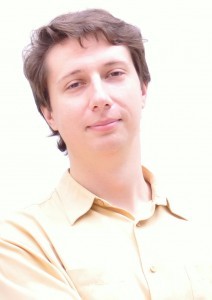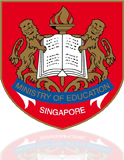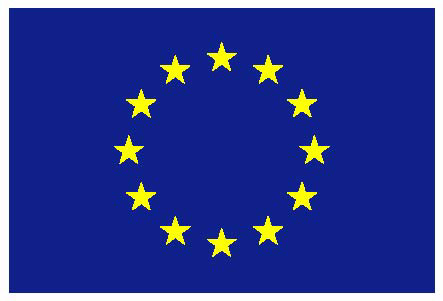
Alexander Petrovic
APPETROVIC [at] ntu.edu.sg
Alex’s research focuses on strongly correlated electrons, i.e. materials in which the nearly-free electron approximation breaks down and electronic interactions cannot be ignored. Such interactions may be direct (e.g. the Coulomb repulsion or the exchange interaction) or indirect (e.g. the Dzyaloshinskii-Moriya interaction or BCS pairing). Regardless of their origins, however, these interactions frequently result in the emergence of novel phases with distinct electronic or magnetic properties, for example superconductors, ferroelectrics and antiferromagnets to name but a few. These emergent phases have a myriad of potential applications in future electronic devices as diverse as novel non-volatile memory chips, biophysical activity sensors or large-scale energy storage solutions.
As a condensed matter physicist, he considers his responsibility not only to try to understand the origins of the interactions which lead certain materials to exhibit unique electronic properties, but also to attempt to tune various material parameters in order to optimise them for real-world applications. Alex is particularly interested in the roles played by disorder (artificial or intrinsic), inhomogeneity and low-dimensionality in systems exhibiting electronic or magnetic order. In a world which is moving inexorably towards true nano-scale integrated electronics, it is crucial to master all possible techniques for manipulating the properties of electron systems at the smallest possible length scales.
Alex took his first steps in condensed matter research as an undergraduate at Cambridge, working on high-Tc cuprates with Christos.
After graduating, he moved to Øystein Fischer's scanning tunnelling microscopy (STM) group in Geneva and spent the next 6 years building a 250mK 11 Tesla high-vacuum STM. This instrument was designed to probe exotic superconductors in previously-inaccessible regions of (H,T) phase space, thus whetting his appetite to build a "bigger, badder brother" microscope at the next available opportunity. During his time in Geneva, he was also lucky enough to meet Rolf Lortz, who very generously shared many of his calorimetric secrets with him. Now in Singapore, his experimental work is still based on local probe microscopy and high-resolution calorimetry, together with various magnetometric techniques including SQUIDS and torque sensors. He is also involved in several angle-resolved photoemission spectroscopy (ARPES) and synchrotron X-ray diffraction (XRD) projects on a range of low-dimensional materials.
|







